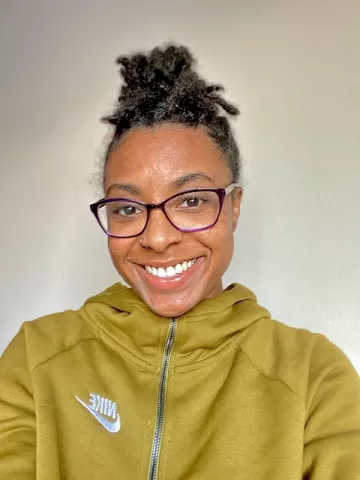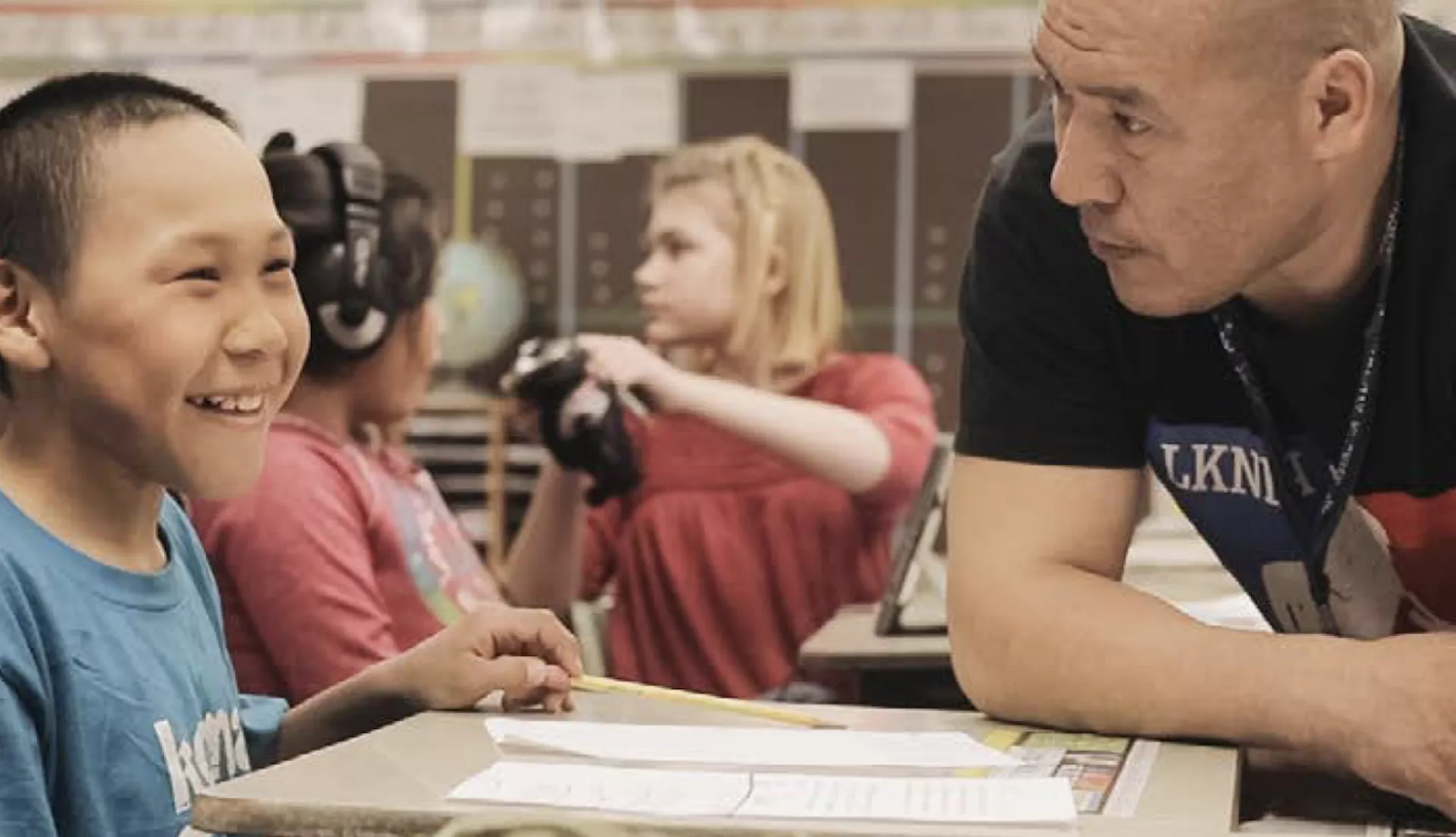After working as a Special Education Assistant at Franklin Middle School in the north side of Minneapolis, Minnesota, Shameelah Abdullah, found her calling.
“I was able to connect with and reach so many students,” she says. “This discovery of my teaching ability ignited a passion within me to take the steps to be able to lead my own class.”
Now Abdullah is working on becoming a certified teacher through the Minneapolis Special Education Teaching Residency Program (MSTR), which combines an affordable, accelerated Master’s degree program at the St. Paul University with a year-long co-teaching experience in a MPS classroom.
This program aims to recruit, prepare and retain highly qualified teachers who share similar life experiences as the students who attend MPS. It’s open to anyone with a Bachelor’s degree who would like to become an MPS teacher, but preference is given to current MPS employees, like Abdullah.

MSTR is an example of “Grow Your Own” programs that are flourishing around the country. The programs are designed to harvest promising teacher candidates from local communities and school systems to not only offer a career path for education support professionals (ESPs) but to create a more diverse teaching force that reflects the student population.
Grow Your Own programs sometimes focus on undergraduate, high school or even middle school students, offering incentives to pursue education as a career, while others, like SUTR, focus on ESPs already working in the school system.
“Recruiting from ESPs and paraprofessionals in partner schools and classrooms is one of our most successful recruiting strategies,” says Shelley Neilsen Gatti, an asssociate professor in the Department of Special Education at the University of St. Thomas. “Through the paraprofessional route, our district and school partners employ many talented and skilled individuals who are already showing a commitment to their school communities, students, and families.”
Grow Your Own programs are wise investments on both sides. The district invests in students and ESPs who participate, and the teacher candidates invest in the district by committing to teach there for a minimum amount of time, which is at least three years in the MSTR program.
It’s also a recruitment strategy for community members to pursue a career in the schools first as ESPs.
“It is important for ESPs to be offered professional development and access to paths for career growth so that we can have all the necessary tools to be as successful as possible in our roles and feel empowered to move forward in our careers if we wish to do so,” says Abdullah. “ESPs need to know that the options and opportunities are there for us.”
Growing a Diverse Workforce
Nearly half of students in the nation’s K-12 public schools are students of color, a number expected to rise through the next few years. Teachers of color, on the other hand, are in much shorter supply, which has a direct impact on achievement.
“Research shows that a nondiverse teaching corps is a consistent barrier to producing strong racially equitable education outcomes, and our partnerships [to recruit ESPs] is one way to address this critical need.” says Gatti. “When districts examine staff demographic data and compare licensed staff to non-licensed support staff, the non-licensed support staff more likely match the student and family demographic data.”
Having more teachers of color that represent the culture or backgrounds of the students helps them feel more comfortable, and that carries over into all of their school experiences.

“It opens the door for a special level of community…and it allows students to have this unsaid understanding that they can just be who they are culturally,” says Abdullah, who plans to use her Bachelor of Science in psychology to incorporate social and emotional learning into her classroom curriculum. “I’ve seen firsthand the power of having educators in the classrooms that look like their students and it is an invigoratingly fruitful experience to both observe and be involved in.”
It’s certainly powerful in Napakiak, Alaska, where many of the students are Alaska Natives.
Glenn Charlie is an Elementary Teacher’s Aide at William N. Miller School in Napakiak. In a few years, he will be a teacher himself, thanks to the T.E.A.C.H. program (Training Educators for Achieving Certificated Hire). This Grow Your Own program assists candidates from the district who are fluent or literate in Yugtun, the language spoken by Central Alaskan Natives, in becoming certified teachers in partnership with the University of Alaska Fairbanks Kuskowkim campus.
Alaska struggles with high rates of teacher turnover, with out-of-state educators often staying in classrooms only a year or two. The students and community of Napakiak can really benefit from dedicated local educators like Charlie who are from the area and plan to stay.
Charlie started working in the school just an hour a day part of the year, helping with lunch duty, but his willingness to help has him on track to teach. As someone with deep roots in the community, he can offer something rare in rural Alaska teachers — a commitment to stay and an understanding of life in a village that students share.
He’s taking classes in subjects like writing and math to improve his capacity to teach those core subjects, but he already has experience in teaching some uniquely Alaskan skills like wilderness survival and setting fish traps. He’s also excited about bringing Elders into the classroom to teach students about their culture.
No matter the lesson, however, his message for students is universal: “Get an education. Succeed. And live the best you can.”


